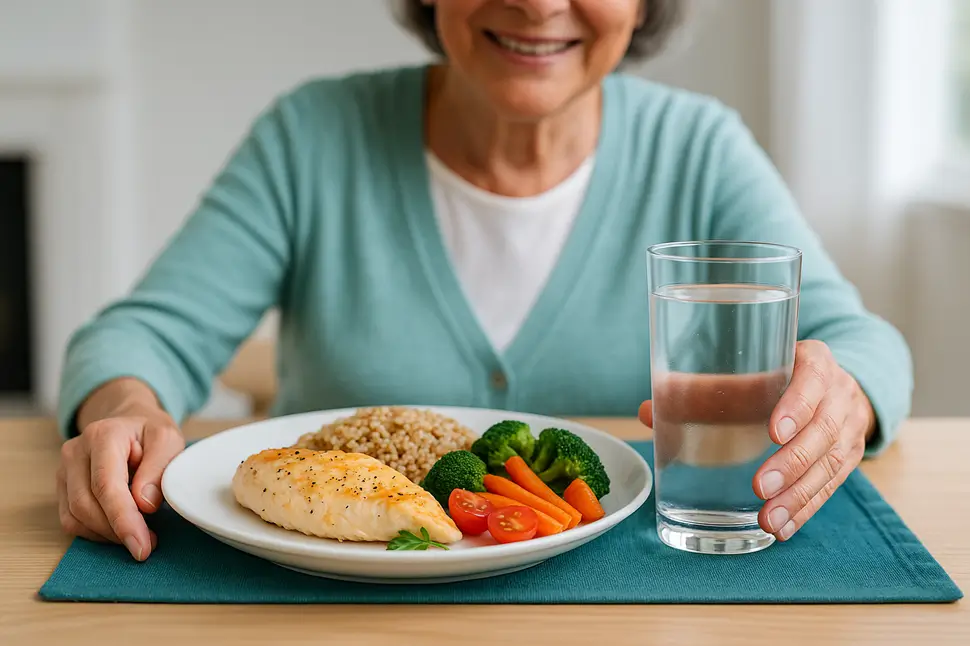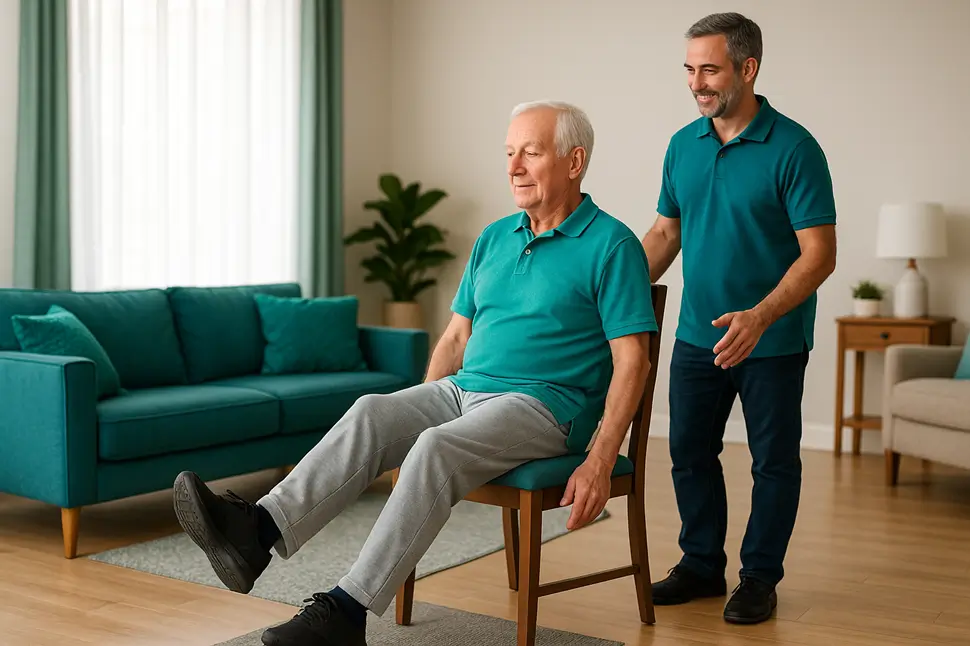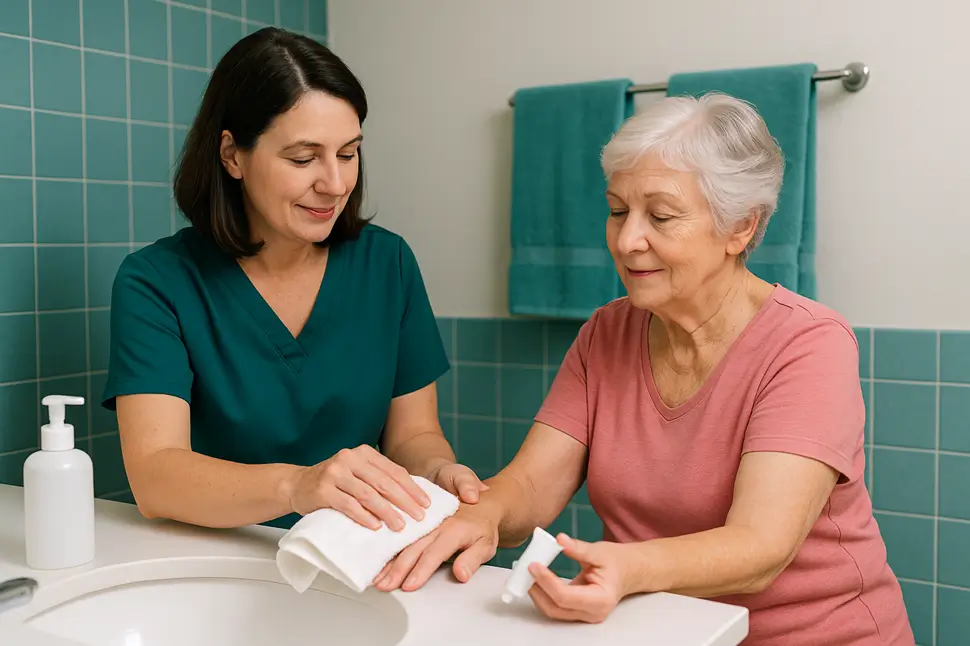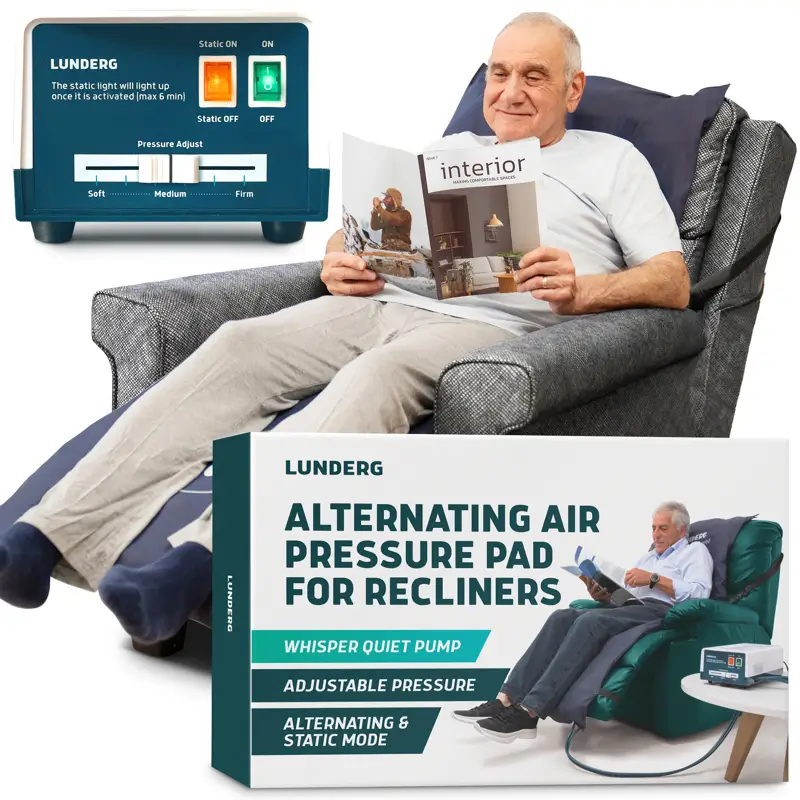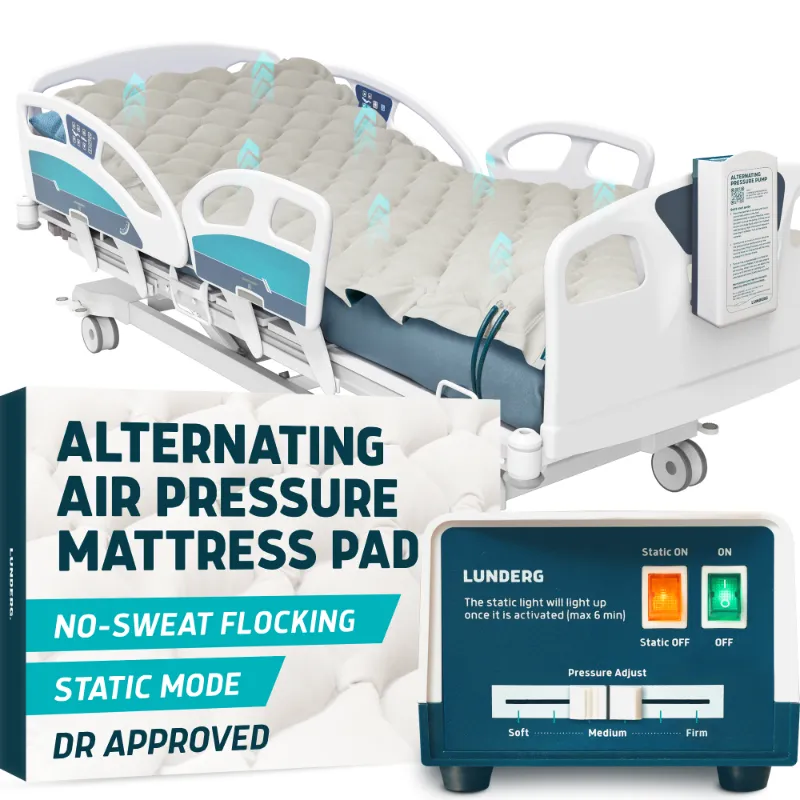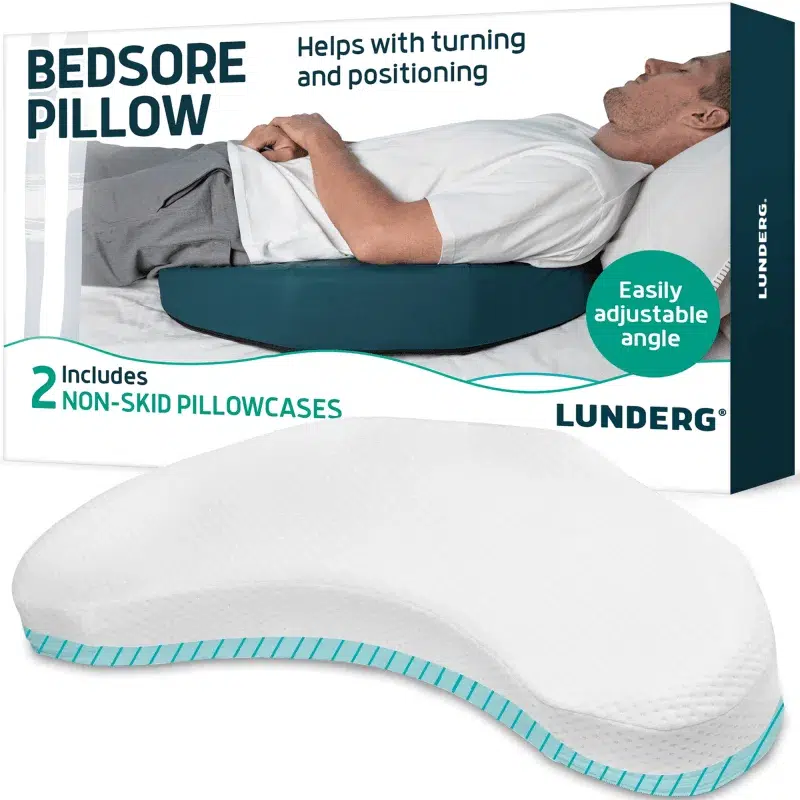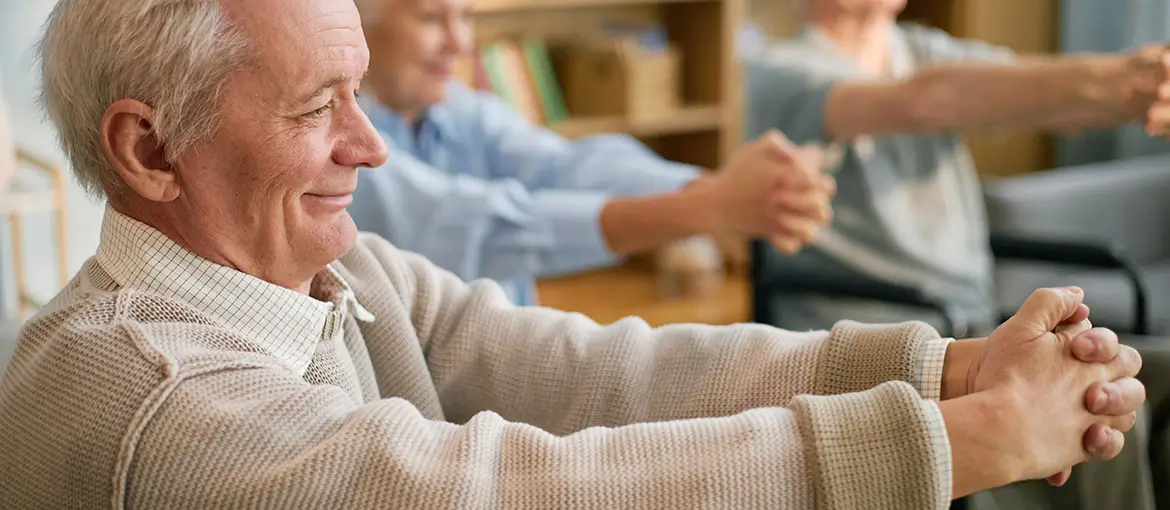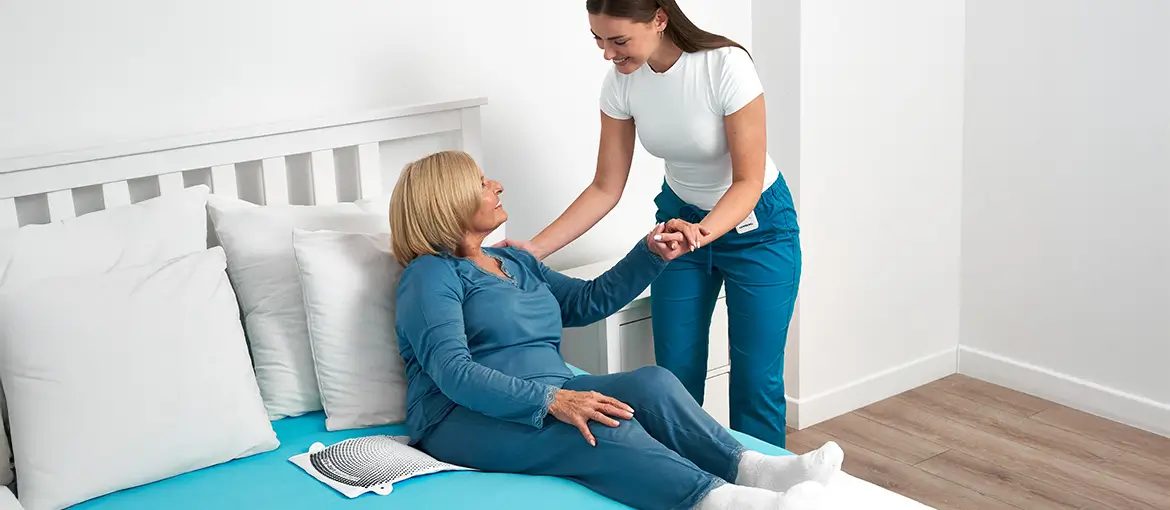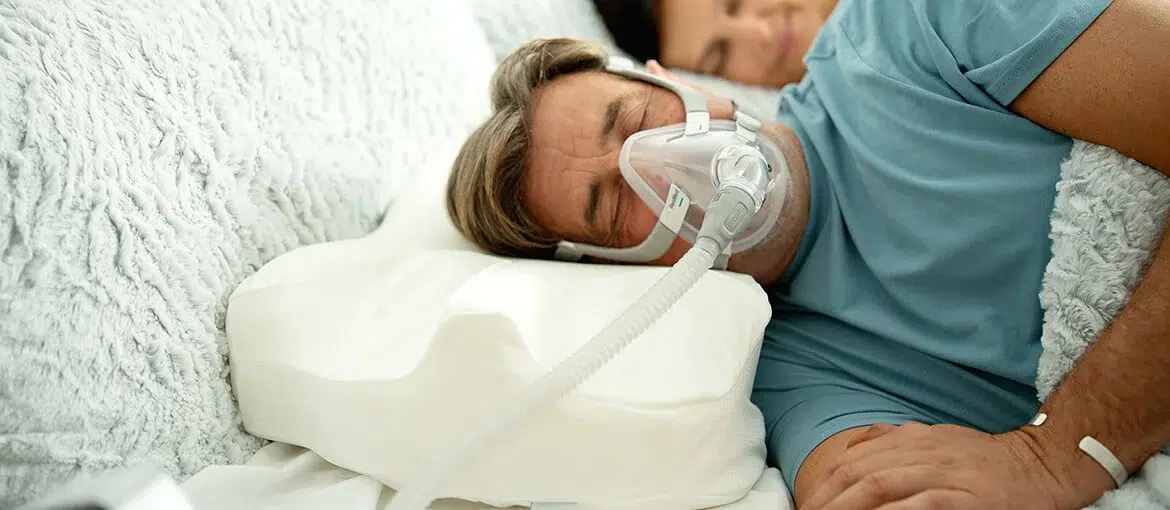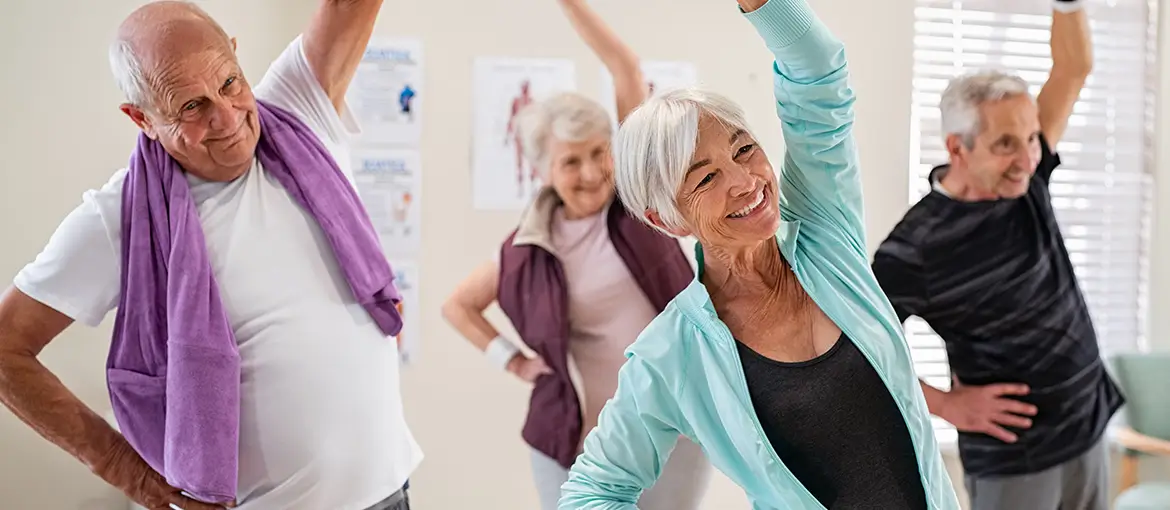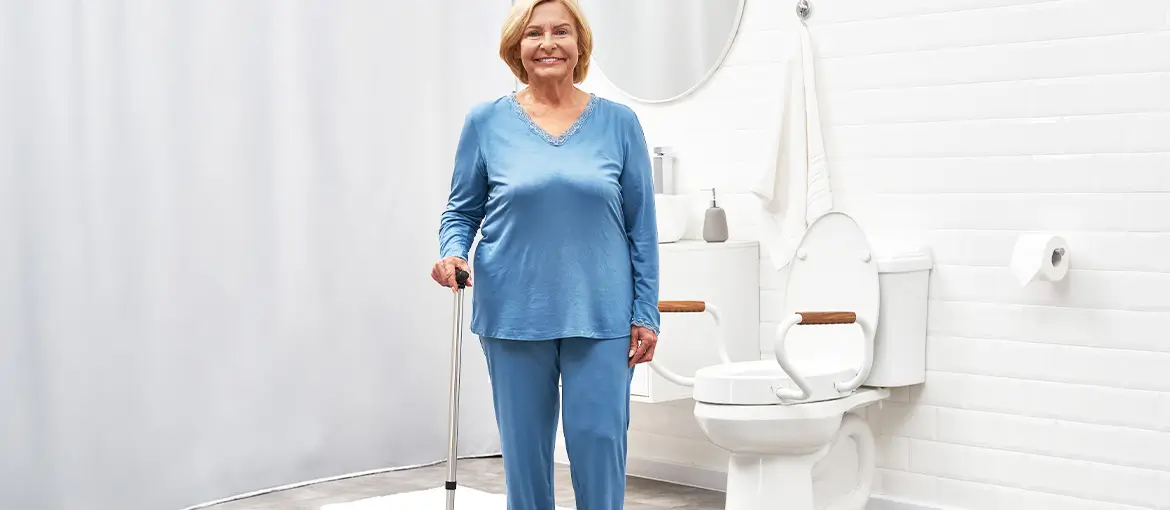Why Lifestyle Matters for Bedsore (Pressure Ulcer) Prevention
Bedsores—also called pressure ulcers—typically form when unrelieved pressure reduces blood flow to the skin and underlying tissues. While support surfaces and clinical care are essential, everyday habits play a powerful role in keeping skin resilient and reducing bedsores risk. Limited mobility and poor nutrition are well-known contributors, but less obvious areas—like sleep quality, stress levels, and social engagement—also influence skin integrity and day-to-day care routines.
In this guide, you’ll learn seven under-discussed healthy habits that make a meaningful difference. Along the way, we’ll point you to practical tools and Lunderg bedsore prevention solutions that complement these habits.
1) Balanced Nutrition & Hydration: Fuel Skin Integrity
Healthy skin is built from the inside out. Getting enough protein, vitamins, minerals, calories, and fluids supports tissue strength, immune function, and repair—key defenses against pressure injuries. Hydration helps maintain turgor (skin “bounce-back”), while protein powers collagen and wound healing.
What to do
- Plan meals around lean proteins (eggs, poultry, fish, legumes), colorful fruits/veggies, and whole grains.
- Add healthy fats (olive oil, avocado, nuts) for fat-soluble vitamins.
- Keep water within reach; offer small, regular sips.
- If appetite is low or conditions like diabetes/CKD complicate choices, ask a registered dietitian for a tailored plan.
Bedsore connection: Well-nourished, well-hydrated skin tolerates pressure and shear better and recovers faster if breakdown begins.
2) Regular, Gentle Exercise: Small Movements, Big Circulation Wins
When movement is limited, blood flow slows and pressure concentrates on bony areas—prime conditions for ulcers. Gentle daily motion helps circulation, maintains muscle, and makes repositioning easier.
What to do
- Try mobility exercises that can be done in bed or a chair: ankle pumps, heel slides, shoulder rolls, light stretches.
- Encourage brief, frequent bouts throughout the day instead of one long session.
- Always clear new routines with a healthcare professional—especially after illness or surgery.
Bedsore connection: Even small shifts reduce prolonged pressure on one spot and help tissues get the oxygen and nutrients they need. For those with limited mobility, combine movement breaks with Lunderg cushions and positioning supports to offload pressure safely.
3) Better Sleep & Smarter Positioning: Let Nighttime Work for You
Sleep is when cellular repair ramps up—but if someone stays in one position all night, pressure and shear can quietly build.
What to do
- Aim for a consistent sleep schedule and a calm pre-bed routine to boost sleep quality.
- Use a turning schedule and position changes based on risk level: at least every 6 hours for adults at risk and every 4 hours for high-risk adults, or as directed by a clinician.
- Support bony prominences with pillows; avoid direct pressure on heels and sacrum when possible; consider specialized mattresses or overlays.
Bedsore connection: Thoughtful positioning plus targeted supports prevents blood-flow “dead zones” during long sleep stretches.
4) Stress Management: Lower Cortisol, Support Healing
Chronic stress can elevate inflammation and disrupt routine care—missed turns, skipped meals, poor sleep—quietly raising bedsore risk over time.
What to do
- Build 5–10 minute micro-breaks into the day: guided breathing, prayer/meditation, soothing music, or journaling.
- Use habit stacking: pair a repositioning cue with a relaxing activity (e.g., breathing exercise every time you change sides).
- Caregivers: lean on respite options and share tasks to prevent burnout.
Bedsore connection: Calmer days make it easier to stick to repositioning, hygiene, nutrition, and mobility plans—the fundamentals of pressure-injury prevention.
5) Hygiene & Daily Skincare: Moisture Balance Is Everything
Skin that’s either too wet (sweat, incontinence, wound drainage) or too dry is more likely to break down. The sweet spot is clean, dry, and moisturized—with barrier protection where needed.
What to do
- Cleanse with mild, pH-balanced products; avoid hot water and harsh rubbing.
- Pat dry and apply moisturizer to intact dry skin.
- For incontinence, check and change pads frequently (every 2–3 hours if needed), and apply moisture-barrier creams on at-risk areas.
- Inspect skin daily for redness, warmth, or non-blanching color changes.
Bedsore connection: Moisture management reduces maceration and friction, protecting vulnerable spots.
6) Smoking Cessation & Alcohol Moderation: Protect Micro-Circulation
Smoking constricts blood vessels and impairs immune responses, delaying healing and increasing infection risk. Excessive alcohol can dehydrate, disrupt sleep, and cause nutrient deficiencies that compromise skin repair.
What to do
- If you smoke, ask your clinician about cessation programs (NRT, counseling, medications).
- If you drink, set clear limits with your provider—especially if appetite is low or wounds are present.
- Re-hydrate consistently and refocus on protein-rich meals when cutting back.
Bedsore connection: Better micro-circulation and nutrient status equals stronger skin and faster recovery if breakdown occurs.
7) Social Engagement & Support: The Habit That Keeps Habits Going
Isolation often leads to skipped meals, missed turns, and fewer skin checks. Social touchpoints—from family visits to caregiver check-ins—create accountability loops that keep prevention routines on track.
What to do
- Schedule regular check-ins with family, friends, or a volunteer.
- Join an online caregiver community for tips, encouragement, and problem-solving and read our article with 104 caregiving tips.
- Post a simple weekly prevention plan on the fridge: turn times, hydration goals, movement cues, and skincare steps.
- Consider Lunderg mobility and positioning aids to support independence and comfort, making it easier for loved ones to help safely.
Bedsore connection: People stick to healthy routines when they feel supported—and consistency is everything in bedsore prevention.
Quick Reference: Everyday Prevention Checklist
- Nutrition & Hydration: Protein each meal, colorful plants, whole grains, water bottle nearby.
- Movement Breaks: Gentle exercises or assisted repositioning throughout the day.
- Sleep & Positioning: Follow a clinician-guided turning schedule (e.g., every 6 hours at risk / every 4 hours high risk).
- Skin Care: Mild cleansers, moisturize, moisture-barrier cream for incontinence; frequent pad checks.
- Stop Smoking / Cut Back Alcohol: Support healing and circulation; ask about quit and moderation programs.
Where Lunderg Fits In
Lifestyle changes do the heavy lifting—but the right tools make prevention practical. Lunderg’s bedsore prevention lineup (protective pads, positioning cushions, and mobility-friendly supports) helps you implement what you plan: keep skin dry, relieve pressure points, and make frequent micro-shifts easier and safer for caregivers and loved ones.
- Use protective pads to manage moisture and reduce friction during repositioning.
- Add cushions/overlays to redistribute pressure, especially over bony prominences. (Follow your clinician’s advice on product selection.)
Conclusion: Small, Consistent Habits Beat Big Problems
Preventing pressure ulcers isn’t about one heroic intervention—it’s about stacking simple habits: nourishing food and fluids, micro-movements, smart sleep positioning, calm routines, daily skincare, and lifestyle choices that protect circulation. Supported by Lunderg bedsore prevention products and a dependable social network, these habits lower bedsore risk while boosting overall well-being.
Have a question or a tip that’s worked for you? Share your experience in the comments—your insight can help other caregivers and families.
If you have existing skin breakdown, fever, or signs of infection, contact a healthcare professional promptly.
Sources (external)
Mayo Clinic
NICE Quality Standard QS89
AHRQ
WHO
NIH/PMC — Factors Affecting Wound Healing
NIH/PMC — Alcohol Exposure and Mechanisms of Tissue Injury

